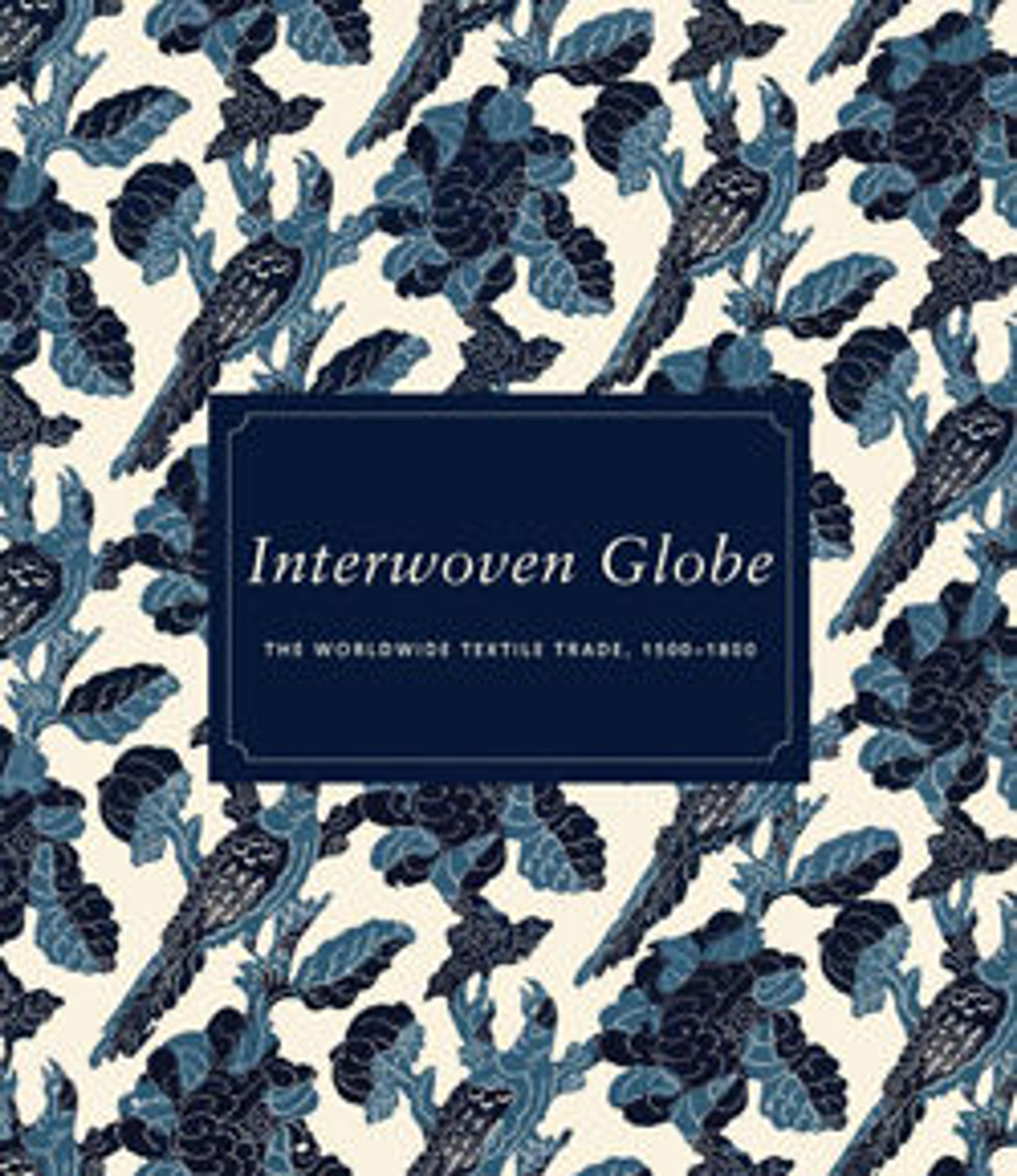Dress
Remarkable for its highly original ornamentation, which combines chinoiserie imagery and allegorical figures of the Four Continents, this casaquin (jacket-bodice) and petticoat is a singular example of eighteenth century woman's dress. The execution of the embroidery in wool rather than in silk is also rare. Fantastic birds, pagodas, and exotic flowers are familiar elements of the chinoiseries style of the late seventeenth and early eighteenth centuries, but the interpretation of the Four Continents as jesterlike figures is atypical and shows the influence of the grotesques of the seventeenth-century designer Jean Berain. Although the large shaded flowers correspond to those in woven dress silks of the 1730s, the embroidery overall is more closely related to that seen in furnishing textiles.
The exuberant and vividly colored motifs are displayed to advantage by the flowing lines of the casaquin and the rounded petticoat. This type of two-piece dress, derived from a working-class costume, was adopted as fashionable informal wear in the 1720s. Wealthy women would have worn the petticoat over a pannier to create the desirable contemporary silhouette. The exceptional nature of the embroidery on this particular costume suggests that it was intended to be worn for a special occasion.
The exuberant and vividly colored motifs are displayed to advantage by the flowing lines of the casaquin and the rounded petticoat. This type of two-piece dress, derived from a working-class costume, was adopted as fashionable informal wear in the 1720s. Wealthy women would have worn the petticoat over a pannier to create the desirable contemporary silhouette. The exceptional nature of the embroidery on this particular costume suggests that it was intended to be worn for a special occasion.
Artwork Details
- Title:Dress
- Date:1725–40
- Culture:Italian
- Medium:linen
- Credit Line:Purchase, Irene Lewisohn Bequest, 1993
- Object Number:1993.17a, b
- Curatorial Department: The Costume Institute
More Artwork
Research Resources
The Met provides unparalleled resources for research and welcomes an international community of students and scholars. The Met's Open Access API is where creators and researchers can connect to the The Met collection. Open Access data and public domain images are available for unrestricted commercial and noncommercial use without permission or fee.
To request images under copyright and other restrictions, please use this Image Request form.
Feedback
We continue to research and examine historical and cultural context for objects in The Met collection. If you have comments or questions about this object record, please contact us using the form below. The Museum looks forward to receiving your comments.
